It’s a little deceiving to call them “Christmas sweaters,” because they’re not designed in a Christmas motif. But they are sweaters that I knitted for Christmas gifts, so I’ll stick with Christmas sweaters.
A lot of these pictures are straight from my Instagram account, so if you follow me there, you may have seen these already. But I want to share them here as well.
For almost all of them, I used the same basic pattern (Flax by Tin Can Knits). I made some changes to several of them, though, for a couple of reasons. First, I wanted to add some interest for myself as the knitter. I didn’t want to knit the same exact pattern a billion times in just a few short weeks. Second, I wanted the siblings receiving the sweaters to not have them be identical (except for the color), so I made minor modifications so each one would be unique.
Here are my projects:
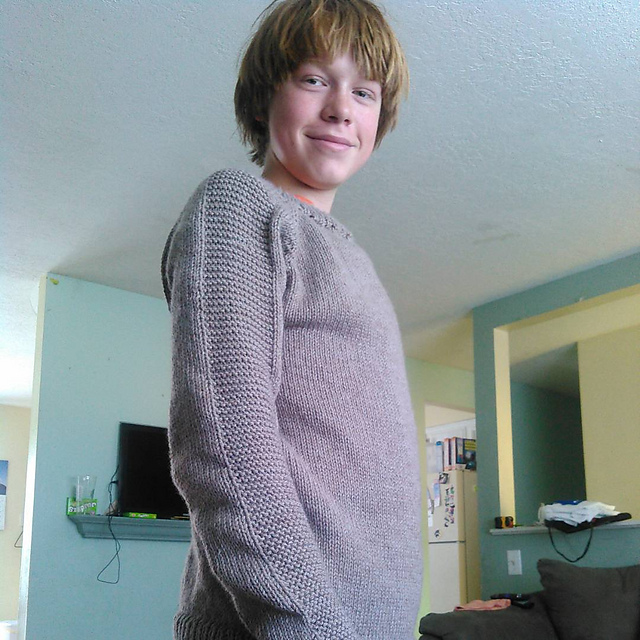
This brown one was made for my dad. It was the first one I made, so I followed the pattern exactly as written. It’s an adult size S/M, and I used 5 hanks of yarn, each one of which was 100 grams. I had a little bit left over, so it didn’t use up the full 500 grams. Because Seahawk is about the same size as my dad, I had him be my model and “tryer-onner.”
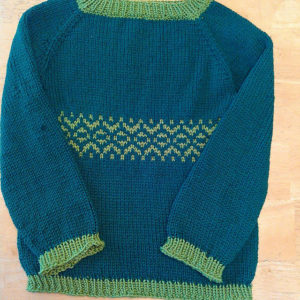
This green sweater was my first foray into fair isle knitting. I’d knitted three of the sweaters “plain” by this point, so I was ready for something a bit more challenging. The size for this sweater (a 6/8, for my 6-year-old nephew) had the exact same stitch multiple as the Color My Cowl pattern from Very Pink Knits, so I decided to put that pattern into the middle of the sweater. I think this was a really good introduction to fair isle knitting, and I’m really pleased with the results. The colors in the actual sweater are better than the picture conveys – it’s a nice forest green for the main color and lime green for the embellishments.
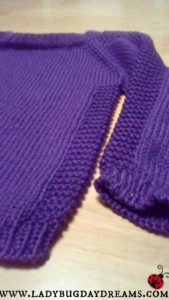
The purple one was made for one of my nieces. I was nearly done with sweaters by the time I’d made this one, and I was very interested to see what the Flax design would look like with a garter stitch panel down the sides of the sweater as well as on the sleeves. While I won’t come right out and say I was disappointed with the result, it wasn’t exactly what I’d had in mind. Also, in my naivete, I had no idea that garter stitch doesn’t line up properly when knit in the round, so I had to do some research and fiddling to get the side that was the “beginning of the round” to not look awful. I only moderately succeeded.
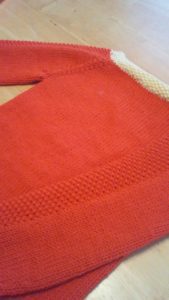 The orange one was the last sweater I did, and I was ready for something really challenging by this point. I find a knitted seed stitch to be rather beautiful, but it’s one of those things that always eludes me. I’ve done it before, but I always mess it up. There’s absolutely never been a time when I’m knitting seed stitch and I look back at my work and realize that several rows back, I’ve got some ribbing instead. I thought that perhaps my difficulty lay in the fact that I was knitting seed stitch flat (back and forth), and maybe it would be easier to work the pattern in the round. I was right. It wasn’t foolproof – I spent over an hour one day reconfiguring several rows of stitches to correct my mistake – but it was a lot better. And I learned that properly done seed stitch is very beautiful.
The orange one was the last sweater I did, and I was ready for something really challenging by this point. I find a knitted seed stitch to be rather beautiful, but it’s one of those things that always eludes me. I’ve done it before, but I always mess it up. There’s absolutely never been a time when I’m knitting seed stitch and I look back at my work and realize that several rows back, I’ve got some ribbing instead. I thought that perhaps my difficulty lay in the fact that I was knitting seed stitch flat (back and forth), and maybe it would be easier to work the pattern in the round. I was right. It wasn’t foolproof – I spent over an hour one day reconfiguring several rows of stitches to correct my mistake – but it was a lot better. And I learned that properly done seed stitch is very beautiful.
Apparently I don’t have pictures of the others, which is unfortunate. Here’s the lowdown on what I made that’s not pictured:
- A Flax sweater as written made in lilac colored yarn (purple with a hint of blue) for my 8 year old niece
- A Flax sweater in yellow without the sleeve texture and with a blue design around the bottom of the waist and sleeves for my 7 year old niece
- A Simple Baby Pullover in dark blue (not quite navy) with “transportation” buttons and extended sleeves for length for my 2 year old nephew
- A Flax sweater as written in Tide Pool colored yarn (blue with a hint of teal woven throughout) for my 4 year old nephew
- A Flax sweater as written in white and brown variegated yarn for Small Fry
- A Flax sweater as written in “bird’s egg” blue yarn with the edges (neck, waist, and wrists) made in leftover brown from my dad’s sweater for Dragonfly
And a few more that I found pictures for on my Ravelry page:
 A Simple Baby Pullover as written in the same bird’s egg blue as his other sweater (also with transportation buttons) for Dragonfly – this one is his favorite! The picture was taken before I added the buttons.
A Simple Baby Pullover as written in the same bird’s egg blue as his other sweater (also with transportation buttons) for Dragonfly – this one is his favorite! The picture was taken before I added the buttons.
 A Dexter vest (sleeveless, v-neck) in orange for Small Fry. This was my very first sweater ever, and I chose it because I was terrified of the prospect of knitting in the round or adding sleeves to a sweater. I had no idea how that would work, so for my first time out, I just avoided it!
A Dexter vest (sleeveless, v-neck) in orange for Small Fry. This was my very first sweater ever, and I chose it because I was terrified of the prospect of knitting in the round or adding sleeves to a sweater. I had no idea how that would work, so for my first time out, I just avoided it!
 A Kangaroo Pocket sweater in charcoal for Munchkin. This is the one and only sweater of “mine” that’s been knit in pieces and sewn together. While I know that some patterns benefit from this technique, I do prefer the single piece, in the round style better.
A Kangaroo Pocket sweater in charcoal for Munchkin. This is the one and only sweater of “mine” that’s been knit in pieces and sewn together. While I know that some patterns benefit from this technique, I do prefer the single piece, in the round style better.
Not all of those were made for (or around) Christmas, but that’s the complete list of all the sweaters I’ve made to date. I’m taking a bit of a break from sweaters for the time being, but I’m excited to get back into them soon. Next up, something with long sleeves and a v-neck for Seahawk. 🙂
Blessings,

Like this:
Like Loading...

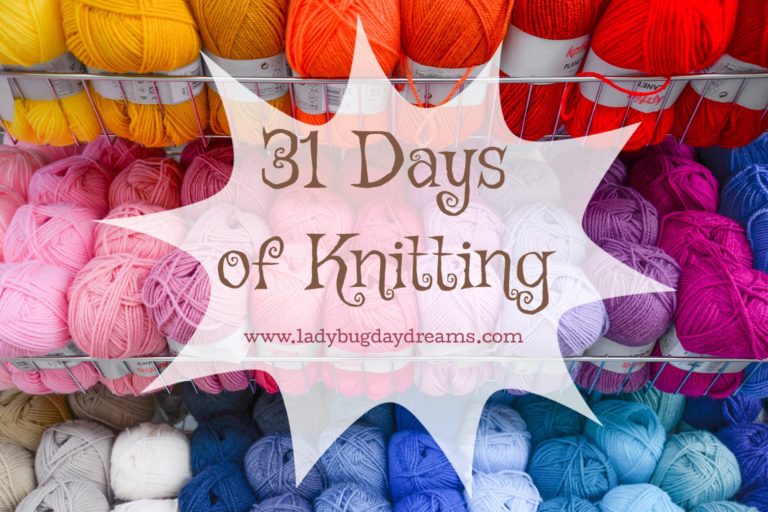
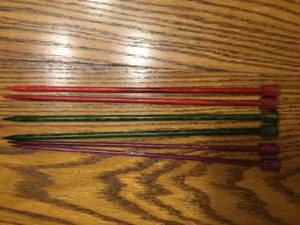
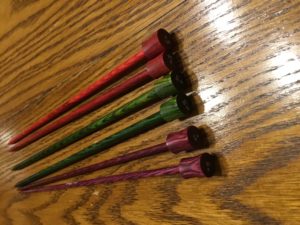

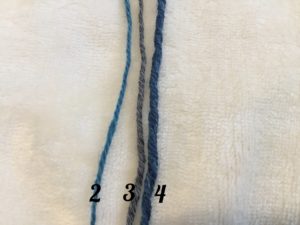
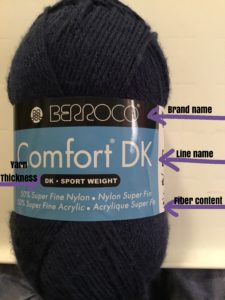
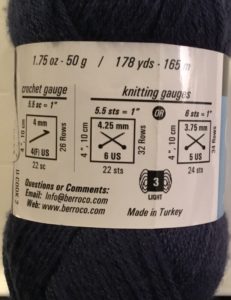
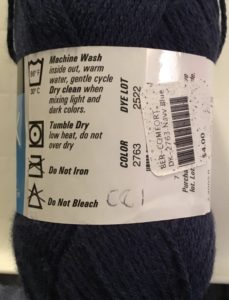
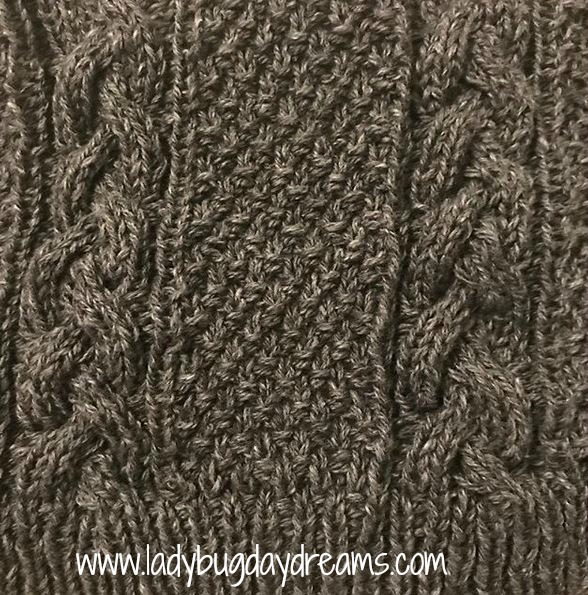
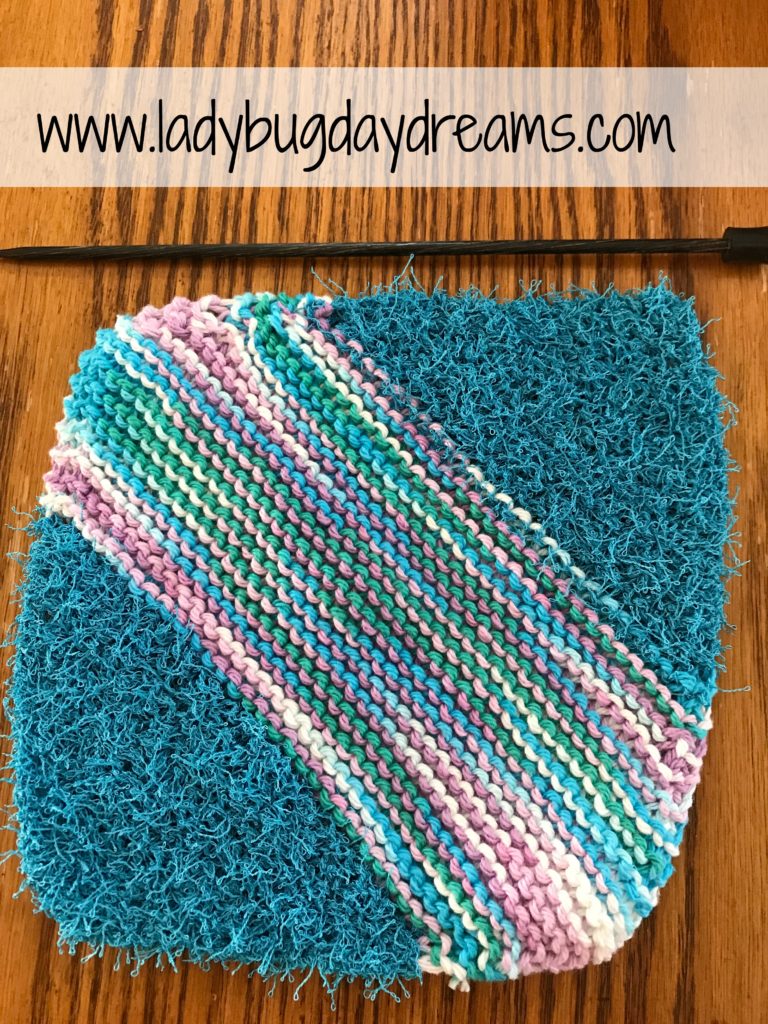
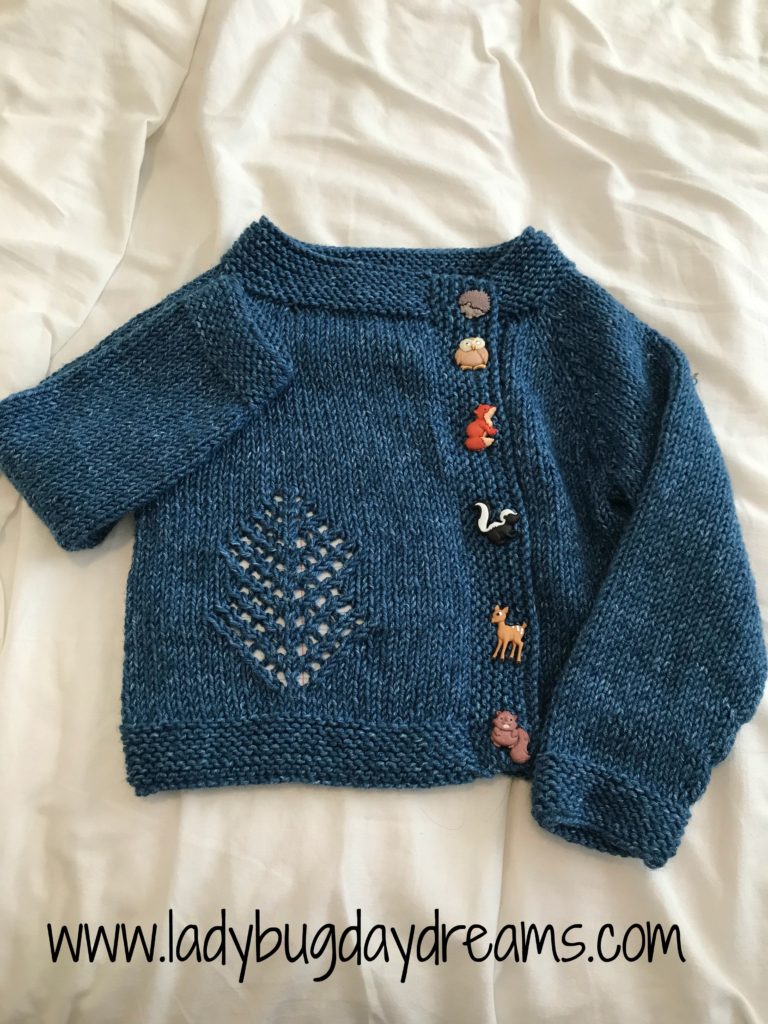
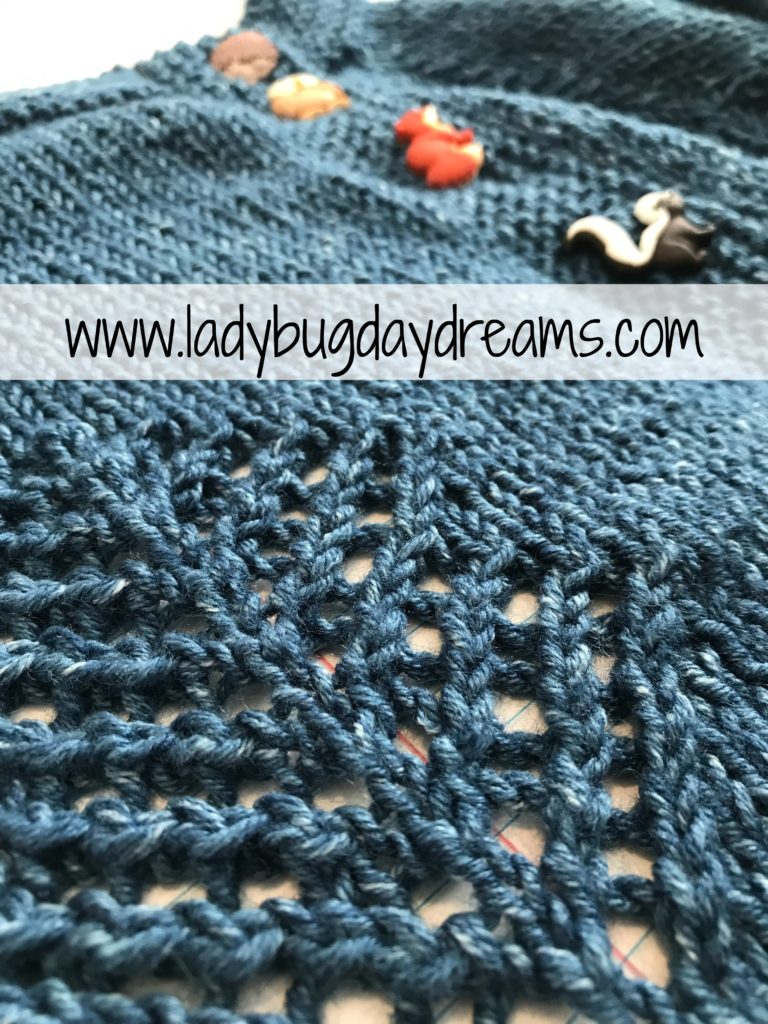
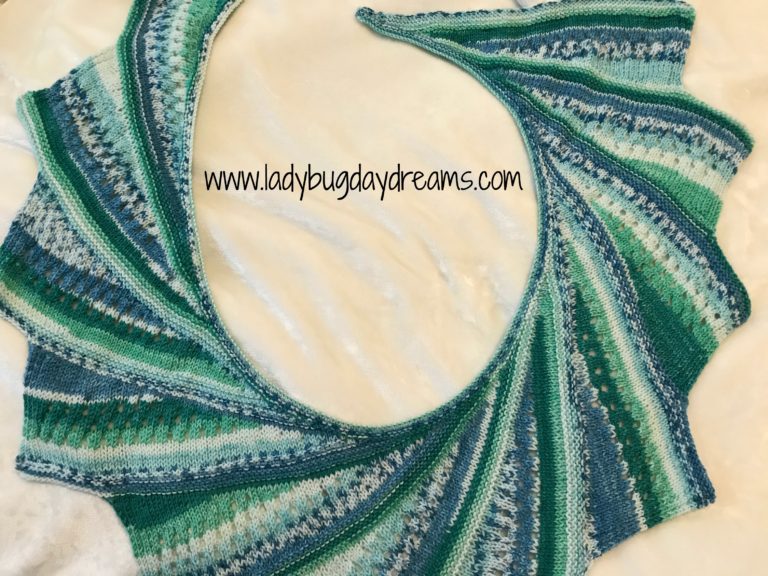
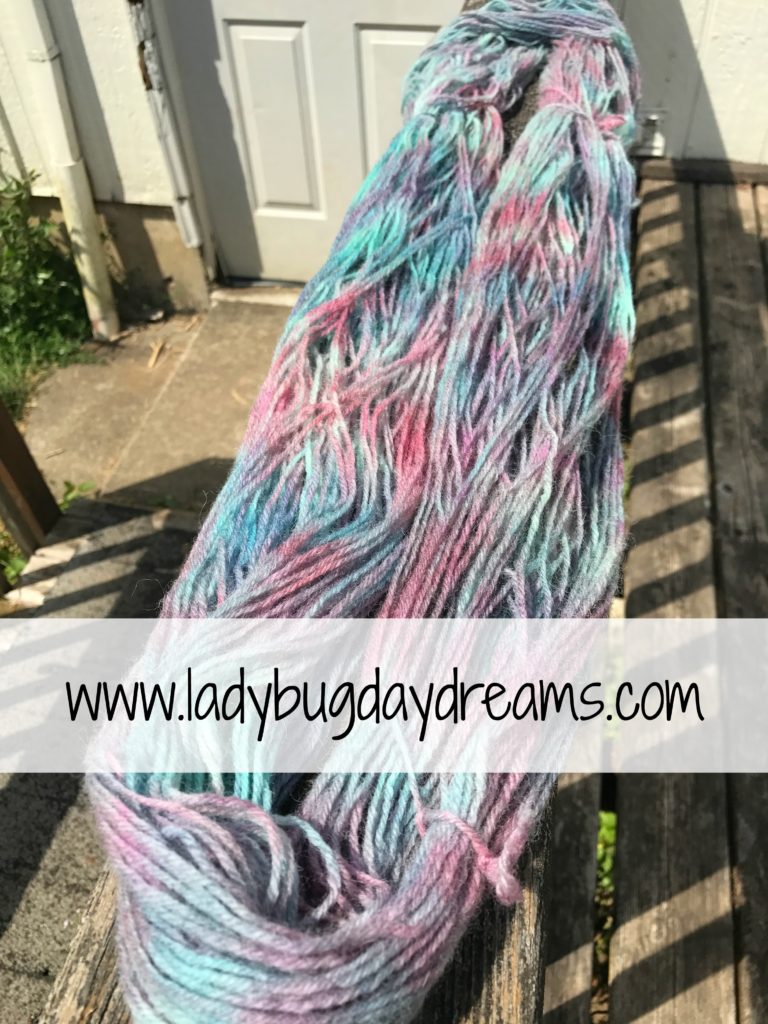
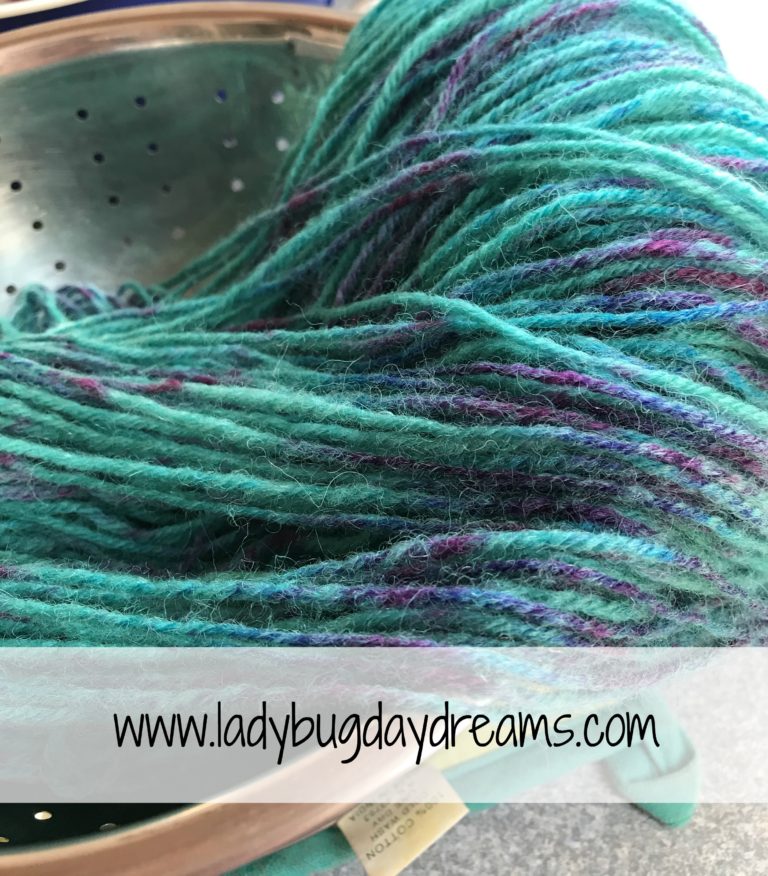
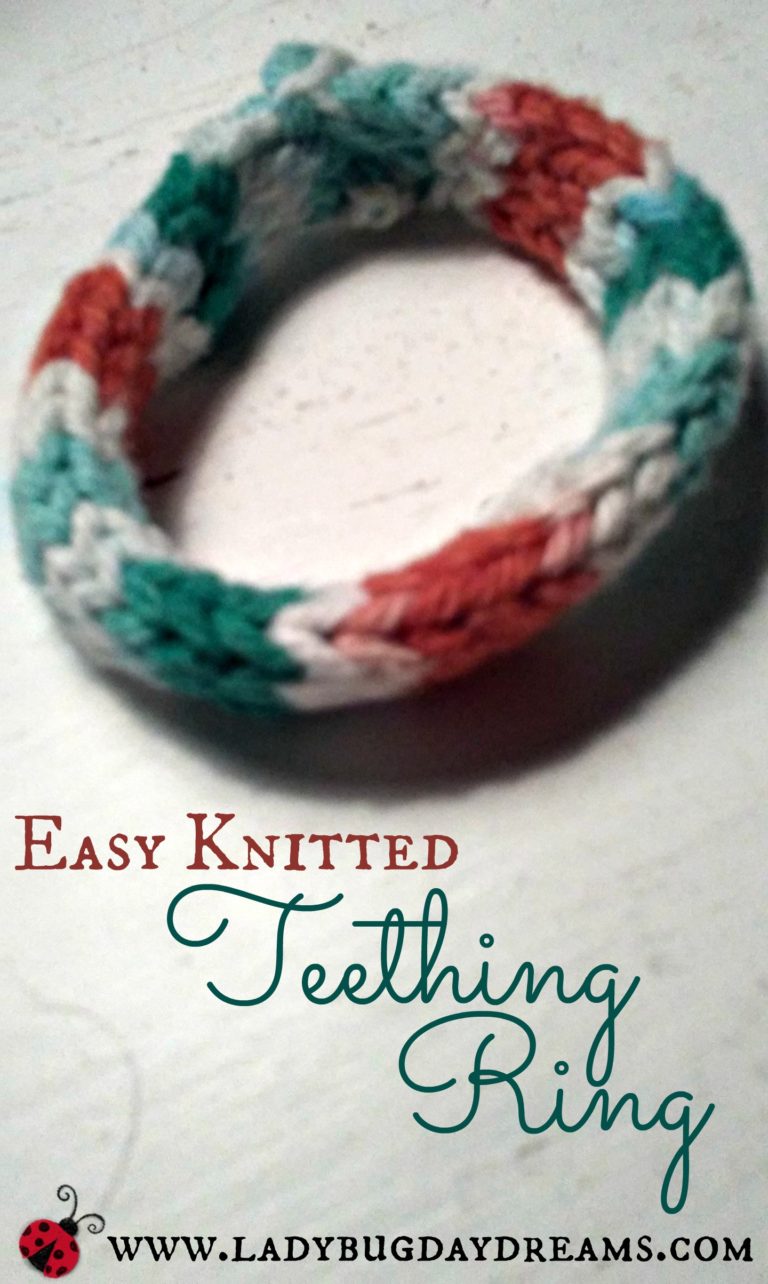
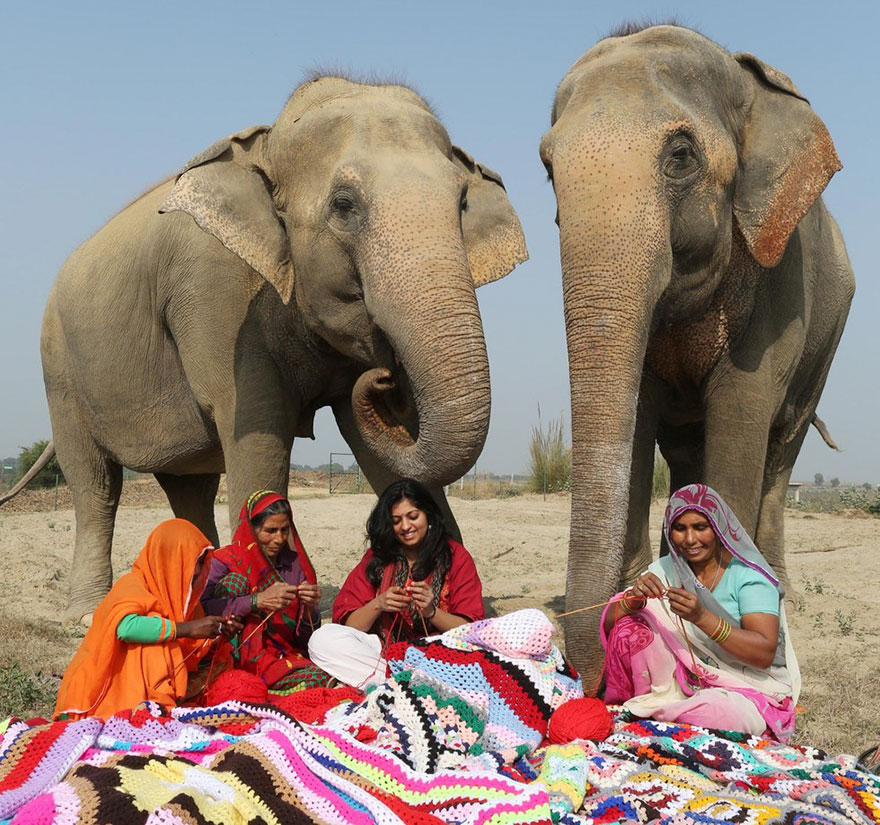
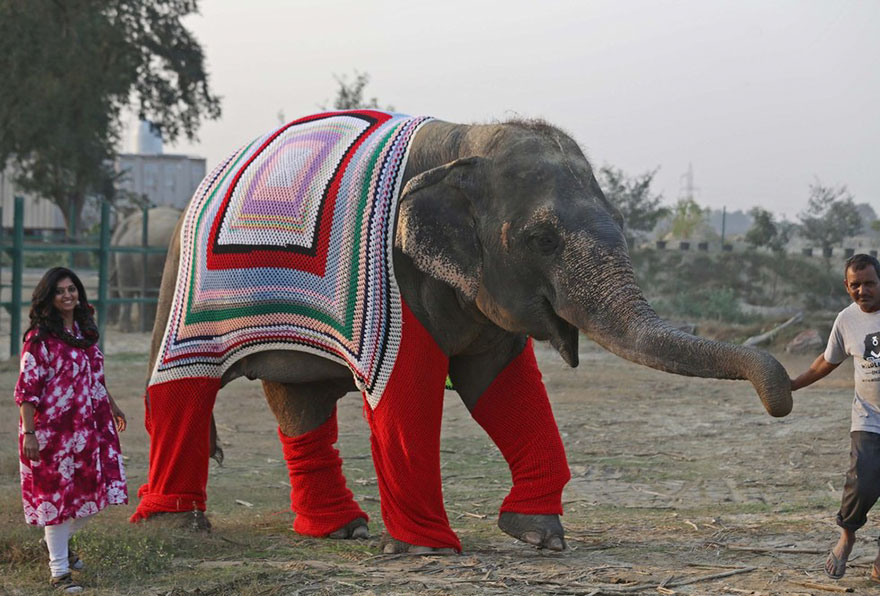



 The orange one was the last sweater I did, and I was ready for something really challenging by this point. I find a knitted seed stitch to be rather beautiful, but it’s one of those things that always eludes me. I’ve done it before, but I always mess it up. There’s absolutely never been a time when I’m knitting seed stitch and I look back at my work and realize that several rows back, I’ve got some ribbing instead. I thought that perhaps my difficulty lay in the fact that I was knitting seed stitch flat (back and forth), and maybe it would be easier to work the pattern in the round. I was right. It wasn’t foolproof – I spent over an hour one day reconfiguring several rows of stitches to correct my mistake – but it was a lot better. And I learned that properly done seed stitch is very beautiful.
The orange one was the last sweater I did, and I was ready for something really challenging by this point. I find a knitted seed stitch to be rather beautiful, but it’s one of those things that always eludes me. I’ve done it before, but I always mess it up. There’s absolutely never been a time when I’m knitting seed stitch and I look back at my work and realize that several rows back, I’ve got some ribbing instead. I thought that perhaps my difficulty lay in the fact that I was knitting seed stitch flat (back and forth), and maybe it would be easier to work the pattern in the round. I was right. It wasn’t foolproof – I spent over an hour one day reconfiguring several rows of stitches to correct my mistake – but it was a lot better. And I learned that properly done seed stitch is very beautiful. A Simple Baby Pullover as written in the same bird’s egg blue as his other sweater (also with transportation buttons) for Dragonfly – this one is his favorite! The picture was taken before I added the buttons.
A Simple Baby Pullover as written in the same bird’s egg blue as his other sweater (also with transportation buttons) for Dragonfly – this one is his favorite! The picture was taken before I added the buttons. A
A  A Kangaroo Pocket sweater in charcoal for Munchkin. This is the one and only sweater of “mine” that’s been knit in pieces and sewn together. While I know that some patterns benefit from this technique, I do prefer the single piece, in the round style better.
A Kangaroo Pocket sweater in charcoal for Munchkin. This is the one and only sweater of “mine” that’s been knit in pieces and sewn together. While I know that some patterns benefit from this technique, I do prefer the single piece, in the round style better.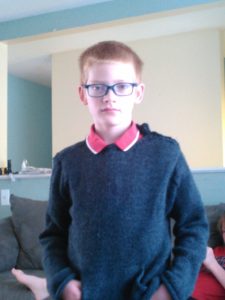 As we enter the cooler months, I’m beginning to think about creating Christmas gifts. Last time I did a knitting projects update, I hadn’t quite started the sweater I was making for my dad, and I was still working on one for Munchkin. Well, I’ve since finished both of those projects – and done a few others to boot. Here’s what I’m currently working on and what I have planned but not started/purchased for yet. But first, a picture of the completed sweaters.
As we enter the cooler months, I’m beginning to think about creating Christmas gifts. Last time I did a knitting projects update, I hadn’t quite started the sweater I was making for my dad, and I was still working on one for Munchkin. Well, I’ve since finished both of those projects – and done a few others to boot. Here’s what I’m currently working on and what I have planned but not started/purchased for yet. But first, a picture of the completed sweaters.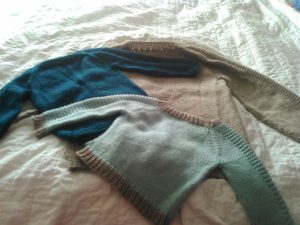 The large brown one is the one I made for my dad, the dark blue one is for my 4-year-old nephew, and the light blue one with brown edges is for Dragonfly.
The large brown one is the one I made for my dad, the dark blue one is for my 4-year-old nephew, and the light blue one with brown edges is for Dragonfly.